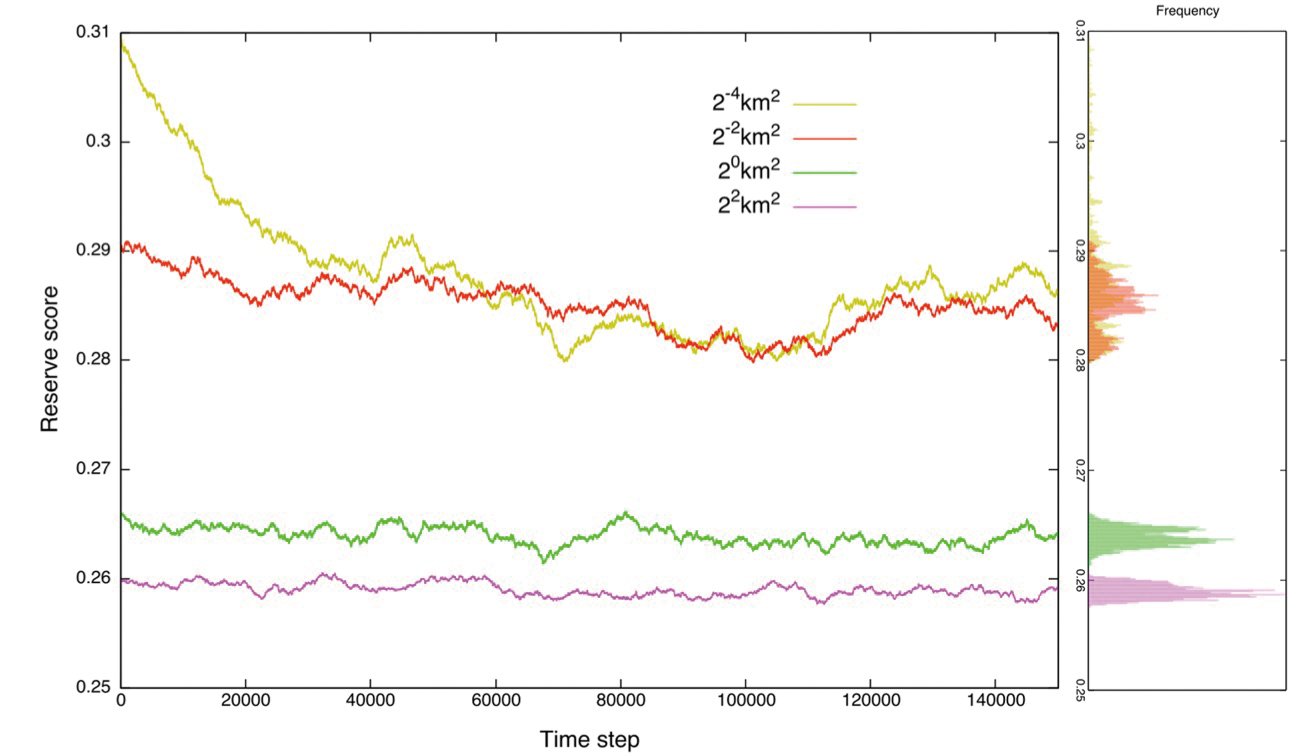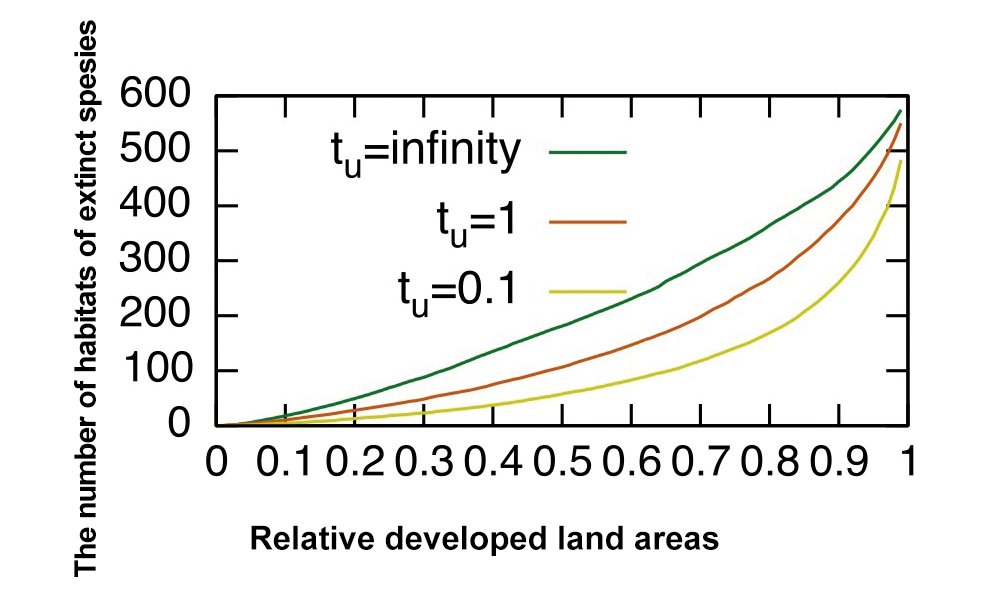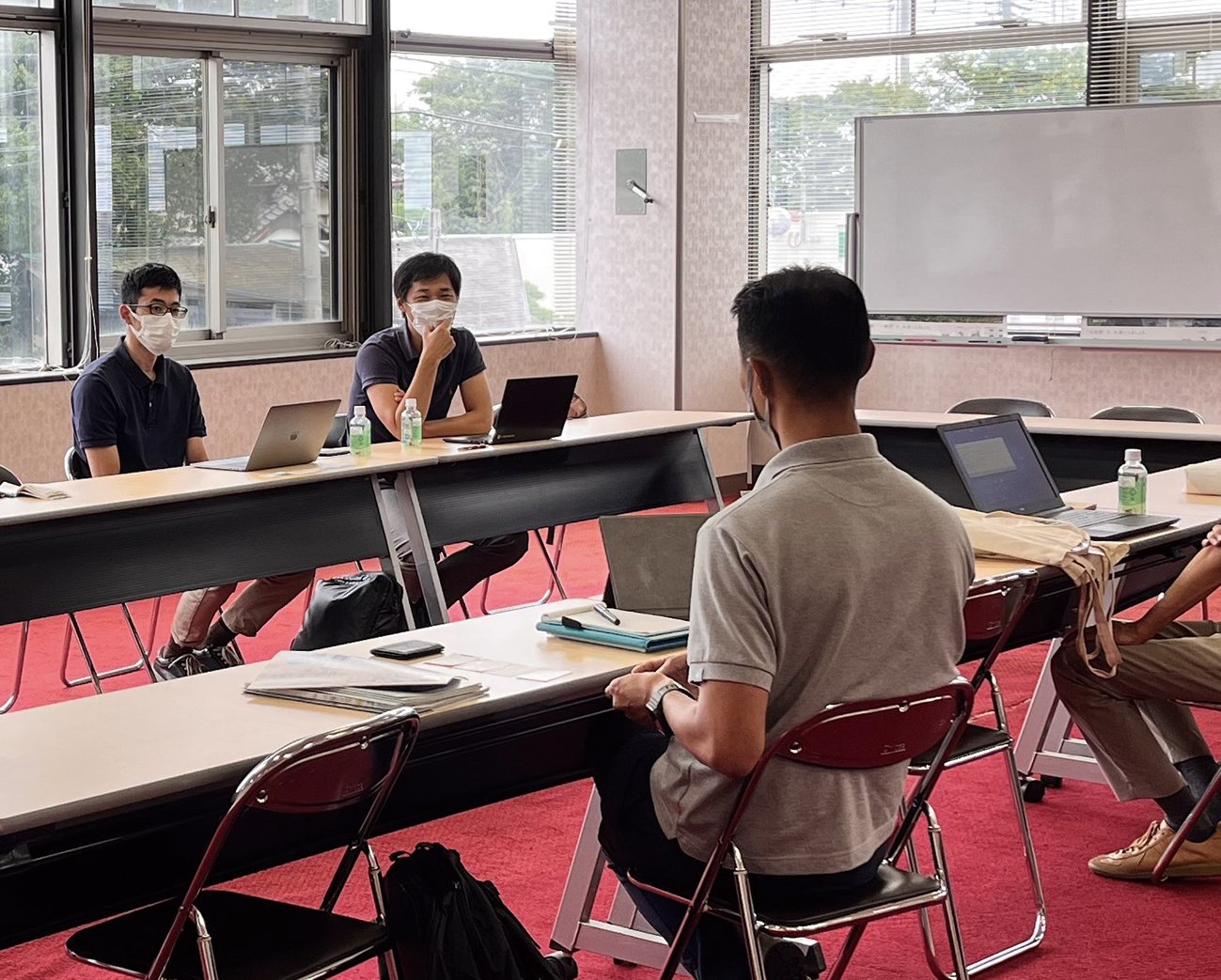Frontier Sciences: TAKASHINA Nao

Organisms’ habitat destruction is progressing, resulting in a global loss of biodiversity. I conduct research to increase scientific knowledge that can act as a guide for making decisions on how to conserve biodiversity along with society’s needs.
In December 2022, the Kunming-Montreal Global Biodiversity Framework, describing global goals and targets for biodiversity, was adopted. As such, the conservation of biodiversity is becoming an increasingly critical issue. Many readers might have the general notion that conserving the environment is beneficial. However, there is an opinion that social development should be prioritized as long as they take the natural environment into account, which may be partially true.
There is a trade-off relationship between environmental conservation and development, making it difficult to satisfy all stakeholders. This may be the main challenge in solving many global environmental issues. As ecology conservation has significant socio-ecological demands, it is important to clarify the effects of conservation measures on the ecosystem and the consequences of their absence rather than to take opportunistic measures. One of my research objectives is to clarify them using mathematical models.
I would like to introduce my two recent research topics. The first topic is to evaluate the temporal variations in protected-area effectiveness. See Figure 1, which shows the temporal fluctuations of the effectiveness of protected areas that are introduced under different scenarios. The locations of the protected areas were ideal at one point in time and selected by ecological data at four different resolutions. The protected areas selected based on the high-resolution data indicate high effectiveness at the beginning but gradually become less effective, and the overall fluctuations are large. In contrast, the protected areas selected based on slightly lower-resolution data do not show effectiveness as strong as those ones selected by high-resolution data, but their temporal fluctuation is small and thus, the effectiveness of protected areas is stable. Therefore, an appropriate resolution of ecological data may lie somewhere between high-resolution and lower-resolution data. I believe that this result raises questions about recent arguments for setting many small protected areas using high-resolution data.

Figure 1: Temporal variation in conservation effects of protected areas selected by different spatial resolutions of ecological data
The second topic is to evaluate the influences of land use on species extinction risks. As shown in Figure 2, we modeled the spatial patterns of ecosystems based on ecological knowledge. We used numerical calculations to evaluate the number of organisms’ habitats lost along with the promotion of land development. Figure 3 shows the relationship between the relative developed land area within the study area and the number of lost habitats, where species became extinct. As land development is promoted, the number of lost habitats per unit area increases.

Figure 2: A model of land use and habitat destruction
Note: t1 and t2 indicate time

Figure 3: Relationship between development areas and extinct habitats
As previously discussed, taking the impact on the environment into consideration when developing land is a middle ground to natural environment conservation. To achieve a good balance, an evaluation system to measure conservation efforts and the influences of development on the environment is necessary to aid decision-making based on scientific data.
Many aspects of human society and ecology must be included when discussing ecosystem conservation. The discussion should be performed in a “social-ecological system” framework that focuses on the environment and society. I collaborate with experts in environmental policy and economics, as interdisciplinary approaches are crucial for this research.


Takashina has participated in the project relating to the UNESCO Biosphere Reserves (BR) from this academic year. He attended interview sessions in Minakami Town, Gunma Prefecture, where they discussed the socioecological effects of the Minakami’s UNESCO BR.
Takashina is in the top left corner of the photo.
https://www.town.minakami.gunma.jp/minakamibr/
Nao Takashina
Research Associate, Department of International Studies
Division of Environmental Studies
https://sites.google.com/view/asanoishikawa/home?authuser=0
vol.42
- Cover
- What We Can Learn from the Frontier of Evolutionary Biology
- My Dream Is to Create Energy for the Perpetual Survival of Humans
- Interdisciplinary Approach to Molecular and Ecological Sciences to Unravel the Secret of Biodiversity
- Science for Balancing Biodiversity and Human Needs
- GSFS FRONTRUNNERS: Interview with an entrepreneur
- Voices from International Students
- ON CAMPUS x OFF CAMPUS
- EVENTS & TOPICS
- Awards
- INFORMATION
- Relay Essay
